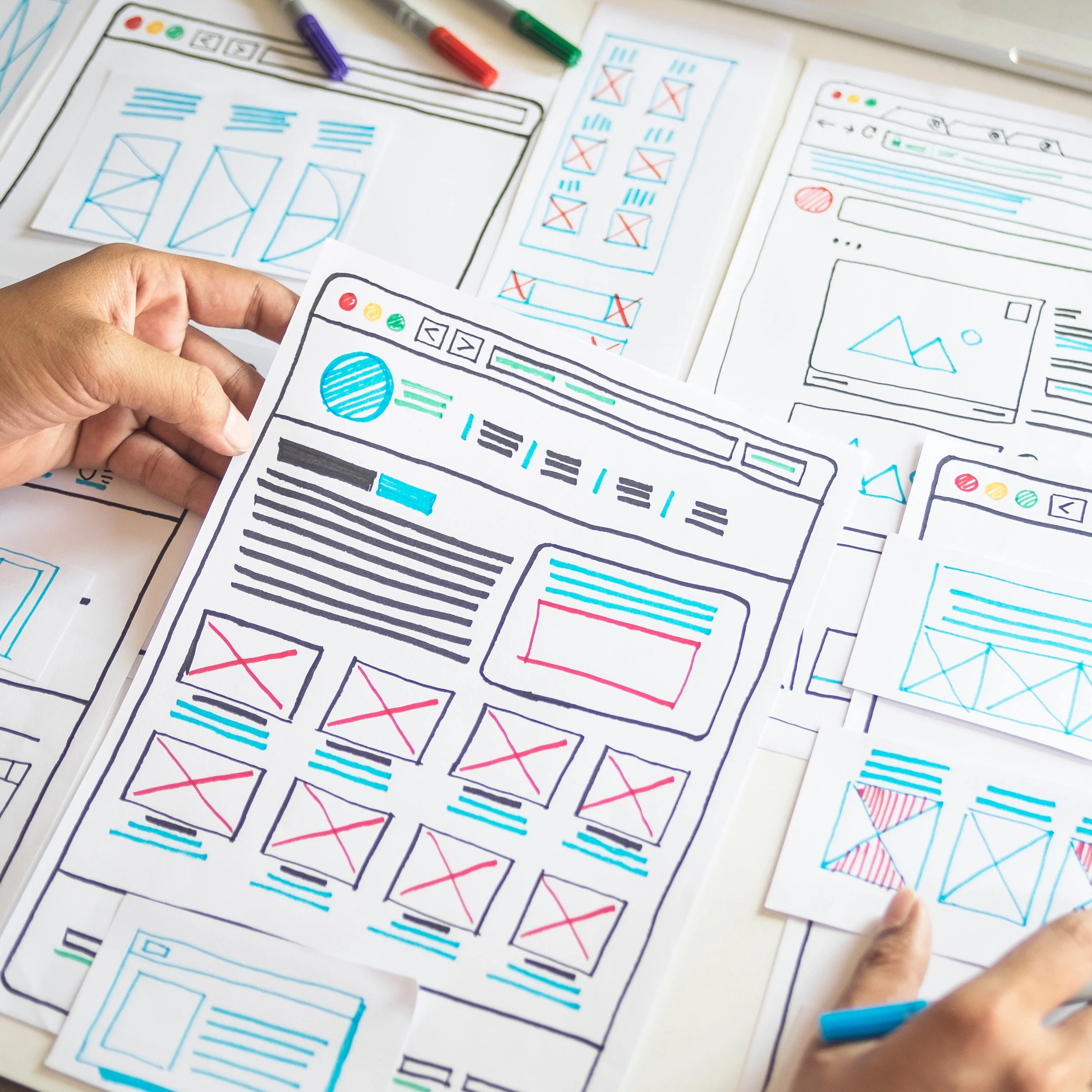Business Cards Are an Untapped Marketing Tool
Instead of using business cards only to communicate your contact information, view them as an incredibly valuable marketing tool to build your brand.
One of the first things most business owners do when starting their new venture is order business cards. Seeing one's name and title under the company logo is undeniably a great feeling.
In addition to the functional aspects of how customers can contact the company and what services are offered, business cards also communicate a company's values. The layout of the business card, the choice of the card stock, the logo, the text, and the typefaces all play a significant role in communicating these values.
Suppose your business sells premium clothes. A business card printed on cheap card stock with a bland layout wouldn't convey the premium feel that the clothes do. Instead, by touching your business card, customers would immediately sense the cheap card stock and recognize the boring layout or the hard-to-read typefaces. Shoppers will remember this incoherence and likely question the clothing’s premium positioning.
Your Business Card Is a Marketing Tool
Instead of using business cards only to communicate your contact information, view them as an incredibly valuable marketing tool to build your brand.
Surprisingly, many entrepreneurs don't use business cards in this way.
However, to maximize their marketing potential, you must first define your brand and then incorporate these seven tips into your design.
Tip 1: Legibility Trumps Creativity
Business cards must be easy to read. Above all, your name must be clearly legible.
I recommend using a larger font size and a clean typeface to make your name stand out.
Remember that potential customers may not wear reading glasses when you hand them your business card.
Tip 2: Avoid Clutter
With business cards, less is more. Everything you include in a business card must serve a purpose.
But you don't need to fill the space.
It's perfectly fine to leave space blank (white space). In fact, the best business cards have a lot of white space as long as you keep all design elements nicely balanced.
Tip 3: Follow Your Brand
Your business card design must align with your brand and use its visual and verbal brand design elements.
That includes your logo, typefaces, colors, shapes, symbols, and the words you use.
Your business card becomes more memorable when all design elements follow your brand and reflect its signature look and feel.
Tip 4: Avoid Intricate Logos
The first test of your logo is when you place it on your business card and see if it is still recognizable.
An intricate logo might work on a large poster but could look too confusing and busy on a business card.
In this case, I recommend simplifying your logo. You would probably have to do it for your website anyway.
Tip 5: Include Your Brand Promise
I like business cards that include a company's brand promise as long as the business stands by it and doesn't see it as just a marketing slogan.
Tip 6: List Your Services
List your services on the reverse side of the business card.
Avoid buzzwords or jargon.
Buzzwords make the ordinary sound phenomenal but rarely mean anything.
On the other hand, jargon could scare away someone who doesn't work in your field and doesn't understand what you are trying to say.
Tip 7: Select Card Stock That Complements Your Brand
Touch is often considered the fifth basic human sense.
That's why selecting the card stock that aligns with your brand is as important as the layout of your business card.
Imagine a thrift store. Printing their business cards on expensive card stock might send the wrong message to their customers. Selecting inexpensive paper might be a better fit. Conversely, a high-end jeweler should opt for thicker, premium card stock and expensive printing techniques if the brand intends to convey a luxurious, elegant feel.
Final Thoughts
Starting a company is exciting. But rushing through things as foundational as branding only to get started can, at best, lead to costly rework later on or, worse, confused customers and lost revenue opportunities. The latter could even jeopardize your entire venture.












